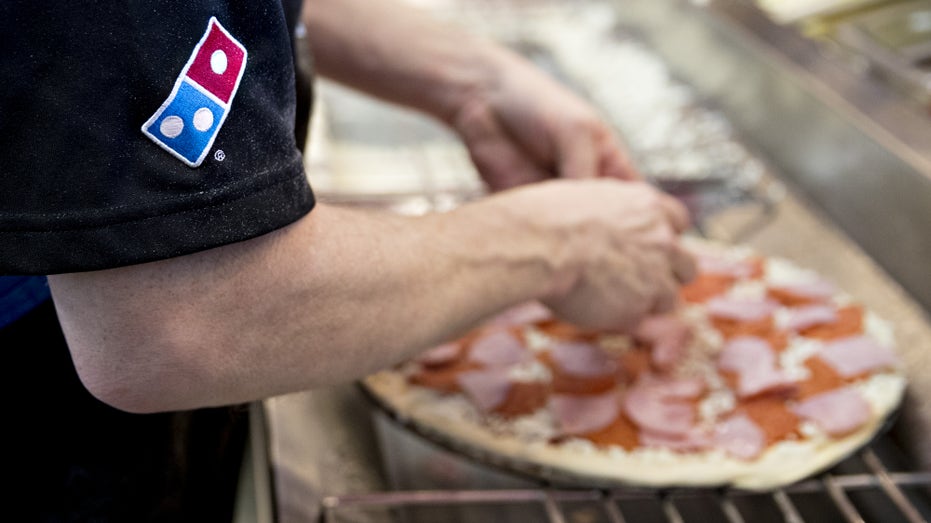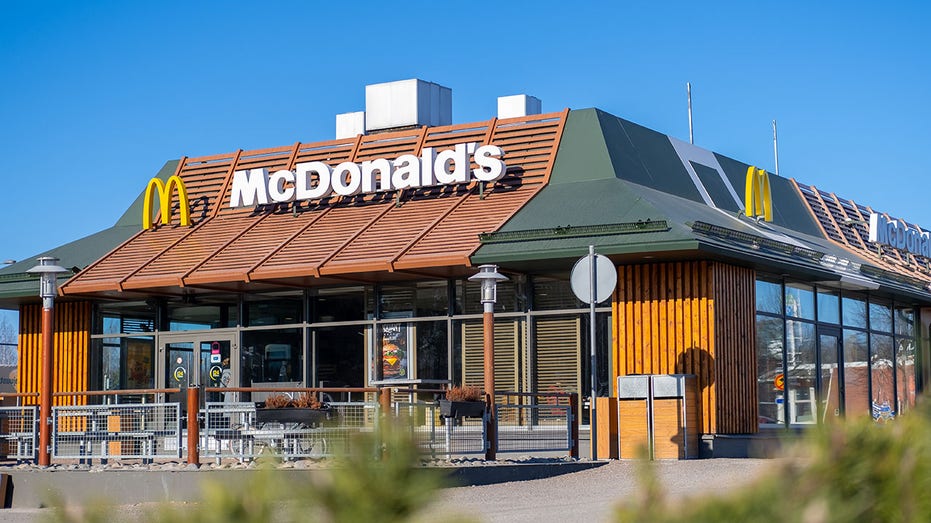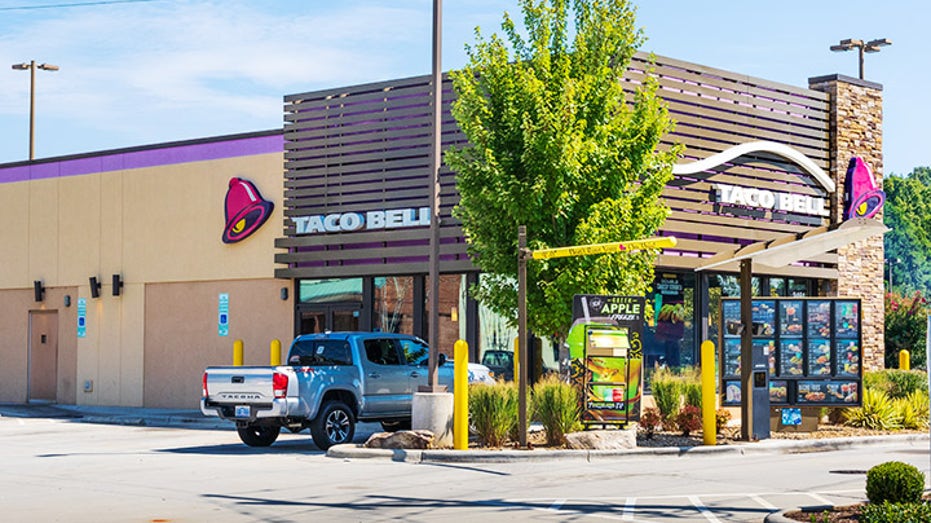Burger King, Domino’s pull back on value menus as costs rise
Other restaurant chains are also shrinking portions or offering fewer discounted items; some customers take notice
Inflation is coming to a longtime refuge of price-conscious consumers: restaurant value menus.
Burger King, Denny’s Corp. and Domino’s Pizza Inc. are among the chains that are reducing their menu of discounted items or shrinking portions to try to improve their margins, executives said. Some chain executives hope the trimming of discount menus and meal deals might bring less pushback from consumers than straight price increases.
McDonald’s Corp. earlier this year began letting franchisees sell sodas for higher prices, after all sizes of the drinks were promoted nationally for a dollar for several years, the company and franchisees said. Denny’s is promoting fewer low-cost items on its menus as the family-dining chain’s executives said more customers are willing to pay for a sit-down experience.
TACO BELL STARTS BUSINESS SCHOOL FOR ASPIRING FRANCHISE OWNERS
"I want the $9 omelet. I want the gourmet pancakes. I want a second round of coffee. I’m not here for a deal," Denny’s Chief Executive John Miller told investors last month. The chain still has a pancake meal deal starting at $4, but no longer advertises a whole value menu of items between $2 and $8, Mr. Miller said at an industry conference.

U.S. consumer prices are climbing, with a 7% annual increase in December representing the biggest gain since 1982, the Labor Department said. Supply-chain challenges, strong demand and consumer stimulus payments are all contributing to rising prices, economists say.
Restaurant prices rose 6% in the year ended December, the biggest increase in nearly four decades, federal figures show. Many chains increased prices multiple times last year as they tried to compensate for rising costs for labor, food and materials, and have said that more increases could come in 2022 if the inflation persists.
Customers are starting to notice restaurants’ higher prices. Diners reviewing restaurants online in the last three months of 2021 were increasingly negative about the value of what they received compared with the same period in 2019, according to Black Box Intelligence, which regularly tracks consumers’ online comments about restaurants. At fast-food brands, customers noted "not worth it," "overpriced" and "waste of money."
| Ticker | Security | Last | Change | Change % |
|---|---|---|---|---|
| QSR | RESTAURANT BRANDS INTERNATIONAL INC. | 69.90 | -0.30 | -0.43% |
| DENN | DENNY'S CORP. | 6.21 | 0.00 | 0.00% |
| DPZ | DOMINO'S PIZZA INC. | 431.37 | -7.05 | -1.61% |
| MCD | MCDONALD'S CORP. | 319.74 | +1.02 | +0.32% |
| YUM | YUM! BRANDS INC. | 154.68 | +1.53 | +1.00% |
| WEN | THE WENDY'S CO. | 8.44 | -0.10 | -1.17% |
Amanda Smith, a social-media coordinator from Kentucky whose son often craves fast food, said she is eating out less, partly because of what she sees as diminished savings on value menus. "The times in which a person or even a small family could subsist on a dollar menu are indeed over," said Ms. Smith, who said she previously frequented chains such as McDonald’s and Taco Bell.
Value menus have a long history in the U.S. Wendy’s Co. and Taco Bell began introducing value menus in the late 1980s. McDonald’s started its dollar menu in 2002, and began pricing value items nationally at $1, $2 or $3 in 2018.
Value menus began to balloon at fast-food and casual-dining chains following the recession of 2008 as more restaurants competed for price-sensitive customers, according to Datassential, a market research firm. When the pandemic arrived, chains began scaling down their menus to simplify operations, often cutting value items in the process, Datassential found.

The Domino's Pizza Inc. logo is seen on a shirt as an employee prepares a customer's order at the company's restaurant in Chantilly, Virginia, U.S., on Tuesday, Feb. 20, 2018. Domino's released earnings figures on February 20. (Andrew Harrer/Bloomberg / Getty Images)
U.S. restaurant chains promoted 140 combo and value meals last year, less than half the number in 2016, Datassential research shows. Now, some companies are chipping from their value menus further in response to rising costs.
McDonald’s and its franchisees are looking at how to alter meal combo deals to increase prices without inviting more competition or scaring off price-sensitive diners, Chief Executive Chris Kempczinski said in an interview last month. U.S. menu prices rose around 6% last year annually, and the chain expects to face further cost pressures this year.
"You spend a lot more time thinking about bundled offers and different ways to still deliver value to the customer, but also make sure that you’re able to pass on the pricing," Mr. Kempczinski said. McDonald’s is facing the worst inflation in more than a decade, he said.
McDonald’s told investors Thursday that its recent surveys show diners think the chain offers good value for the money, and executives are watching to make sure that continues.

McDonald's (iStock)
Burger King has been reducing its number of value items since late last year, with executives of parent company Restaurant Brands International Inc.telling investors that too many discounts were confusing customers and eroding profits. The company is now making nearly a dozen changes to its U.S. menus, which could help profits across restaurants by nearly $500 million a year, according to a January presentation viewed by The Wall Street Journal.
The changes include lifting price caps on value-menu items, reducing the number of nuggets to eight pieces from 10 in one deal, and increasing nugget, french fry and bacon cheeseburger prices, the presentation showed. The company is also considering removing its signature Whopper from core discounts, it stated.
MCDONALD'S TESTING MCPLANT AT ABOUT 600 NEW LOCATIONS
A Burger King spokeswoman said the company doesn’t comment on sales and marketing strategies.
Domino’s is reducing the number of chicken pieces in its $7.99 carryout deal to eight from 10, Chief Executive Richard Allison said earlier this month. The company is also limiting the deal to online orders only, which are cheaper to process than when customers call a restaurant. Domino’s is making the changes in response to higher labor costs and an increase in food costs of at least 8% this year compared with 2021, which Mr. Allison called unprecedented.

A Taco Bell restaurant in Hickory, N.C. (iStock / iStock)
On average, most value-meal categories have increased in price in the past year at restaurants, particularly those for breakfast and snacks, according to market research firm Technomic Inc.
Restaurants need to compensate for rising labor and other costs, but increasing value-menu prices could make it harder to attract deal-minded customers, said Lizzy Freier, Technomic’s director of menu research.
GET FOX BUSINESS ON THE GO BY CLICKING HERE
Kameron Schultheis, a 24-year-old university student from Aurora, Colo., said he used to live off McDonald’s value menu, but has found recently he can’t as readily save as much money there.
"I can potentially get a meal that’s more healthy and arguably tastes better for around the same price at a grocery store," he said.




















